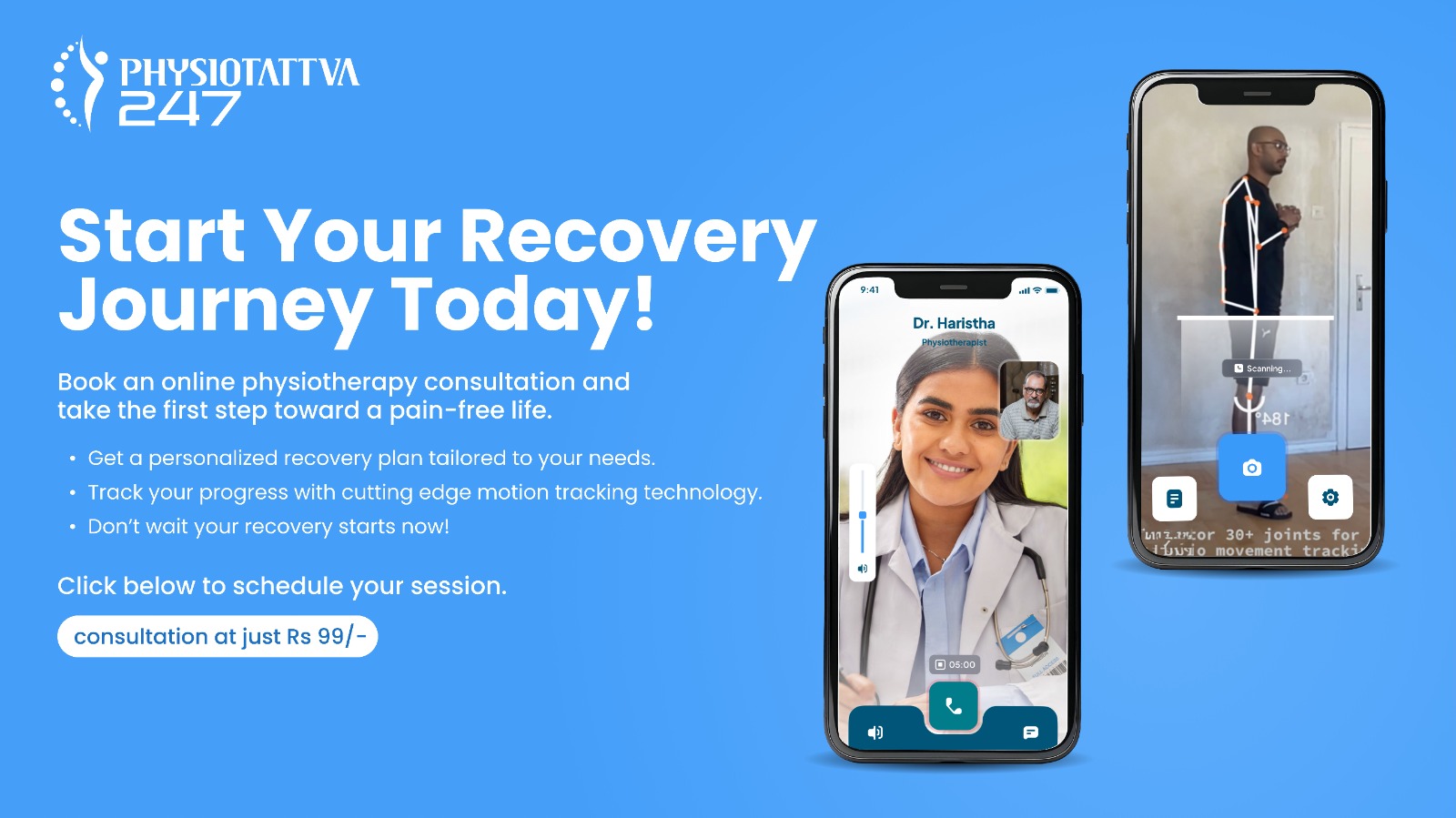An Introduction to Aqua Therapy
Aqua therapy or hydrotherapy is any exercise performed in water to facilitate recovery. Although it seems like a new concept, the principles of aqua therapy have been practiced since the Greek and Roman civilizations. People would bathe in hot springs to reduce chronic pain, menstrual issues, skin problems, and more. Aqua therapy has now grown in popularity as a safe and non-invasive approach to treatment. The treatment occurs with a trained professional in a pool or other aquatic environments. Such services are often administered in hospitals, sports rehabilitation clinics, and outpatient rehabilitation centers. Further, aqua therapy is different from aquatic therapy exercises and aquatic fitness as it involves physical medicine and rehabilitation.
Benefits of Aqua Therapy
Physical therapists specialized in aqua therapy are trained in utilizing various equipment that function on the properties of water. The techniques used have several benefits, including
- Improving flexibility
- Reducing pain and compression in joints
- Enhancing muscle strength and stability
- Improving balance and coordination
- Reducing stress by promoting muscle relaxation
- Correcting gait posture
- Enhancing aerobic capacity
- Increasing range of motion
- Improving respiration and circulation
Compared to conventional physiotherapy, aqua therapy results in less pain during the recovery process. Further, water-based treatment facilitates healing as quickly as possible.
Who Can Benefit from Aqua Therapy
Aqua therapy can be administered across age groups and for different physiological conditions. Based on the nature of the illness or injury, seeking expert advice before starting the treatment is essential. Keeping this in mind, remember that certain conditions cannot be treated with this therapeutic technique as it may worsen the condition. If you are struggling with the following techniques, choose an alternative treatment.
- Skin infection or wound
- Stomach upset or viral infection
- Breathing difficulties
- Heart problems
- Kidney issues that require dialysis
- Chlorine allergy
- Diabetes, epilepsy, asthma
- Loss of bladder control
- Higher body temperature
Types of Aqua Therapy
Aquatic Therapy Exercises
There are various aquatic therapy exercises, including warm-up exercises, fitness and strength training, core training, and cool-down exercises, are conducted in an aquatic environment. Warm-ups involve low-resistance exercises (stretches, jogging, extensions) that target the lower and upper extremities of the body. Post-warm-up, fitness, and strength training exercises are administered. This involves cardiovascular activities, plyometrics, or multi-planar activities. The final stage of core training and cool-down exercises works on muscles to prevent lactic acid build-up.
Spas
Spa therapy or balneotherapy refers to hydrotherapy without exercise. It uses natural hot springs, mineral or seawater, and mud to reduce pain and soreness. In addition, the thermal mineral water helps promote circulation and relaxation and stimulates the immune system. The treatment is administered through various techniques, including alternating between cold and hot and partial baths.
Hydro-massage
The use of pressurized jets to massage muscles and soft tissues in the body is hydro-massage. With traditional techniques, you have to sit or lie down in warm water. As you do so, machines will release pressurized water that can be adjusted based on personal preferences. Another alternative is dry hydro-massage, where you avoid direct contact with water and lay down on a water-filled mattress with jets. In addition to regulating pressure, these mattresses have the added benefit of controlling temperature.
Kneipp System
The Kneipp system, also known as Kneipping, is named after Father Sebastian Kneipp. It involves using herbal and mineral baths of varying temperatures. The technique promotes circulation, strengthens the immune system, and improves the nervous system. Along with basic water-based therapy, barefoot walking and walking on pebbles, wraps, rinses, and baths are also administered.
Conditions Treated with Aqua Therapy
Research suggests that pressurized jets and other equipment help release tension, soreness, and pain. Keeping this in mind, several conditions can be treated through aqua therapy. Some of them include
- Pain
- Sprain and strain
- Arthritis
- Fibromyalgia
- Orthopedic injuries
- Sciatica
- Post-surgical pain
- Gait and posture issues
- Stress
- Balance issues
- Neurological disorders
- Multiple sclerosis
- Spondylitis
- Autism spectrum disorders
- Stroke
- Traumatic brain injuries
- Spinal cord injury
In addition to pressurized jets, various other equipment can effectively treat these conditions.
Aquatic Therapy Equipment
For rehabilitation or outpatient consultation, various equipment can be used, including
- Underwater treadmills
- Stationary bicycles
- Buoyant belts
- Flotation rings
- Dumbbells or barbells
- Wrist weights
- Ankle weights
- Resistance bands and tubing
- Short-tipped flippers and fins
- Resistance handbells and paddles
- Aquatic paddles
- Noodle
- Kickboards
- Resistance gloves
- Foam collars
- Water current
- Jets
- Aquatic paddles
- Stairs and steps
These equipment are used in combination with other treatment modalities to facilitate a smooth recovery.
Customized Treatment Plans
Since aqua therapy treats diverse physiological conditions, it is important to ensure its application is customized to suit your clinical needs. Based on the severity of the condition, the physiotherapist is likely to combine aqua therapy with other physiotherapy modalities (joint mobilization exercises, passive relaxation techniques, etc.). This suggests that aqua therapy is most beneficial as part of a holistic recovery program that ensures complete healing. Remember, regardless of the techniques used, our priority is to create a customizable care plan that improves your quality of life.
Revitalize Your Body and Mind with Aqua Therapy
While aqua therapy is effective at treating different physiological conditions, it also provides a feeling of rejuvenation and calmness. Our advanced treatment plans and specialization in the latest modalities allow us to make the recovery process smooth and secure for our clients. Physiotattva’s efforts to improve your well-being do not stop here. Along with aqua therapy, our experts educate you on simple yet effective lifestyle changes that can protect your body from future injuries.




-Physiotherapy.webp)
-for-Shoulder-Pain-Relief.webp)
-for-Knee-Pain-Relief.webp)


-for-Back-Pain-Relief%20(1).webp)





.webp)











.webp)

.webp)
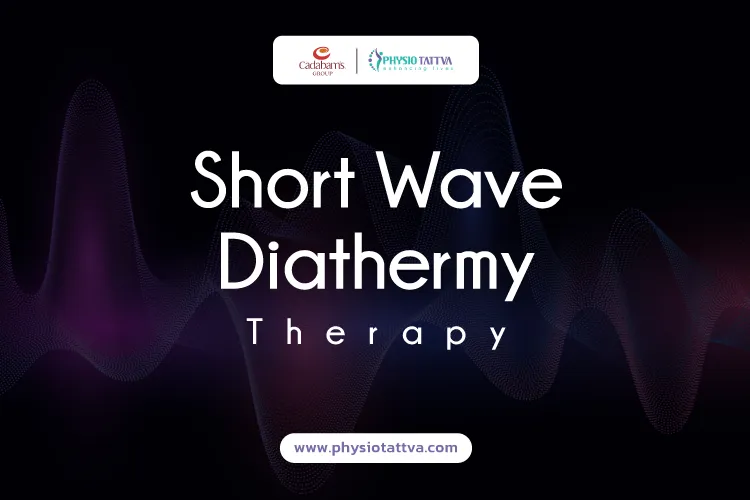
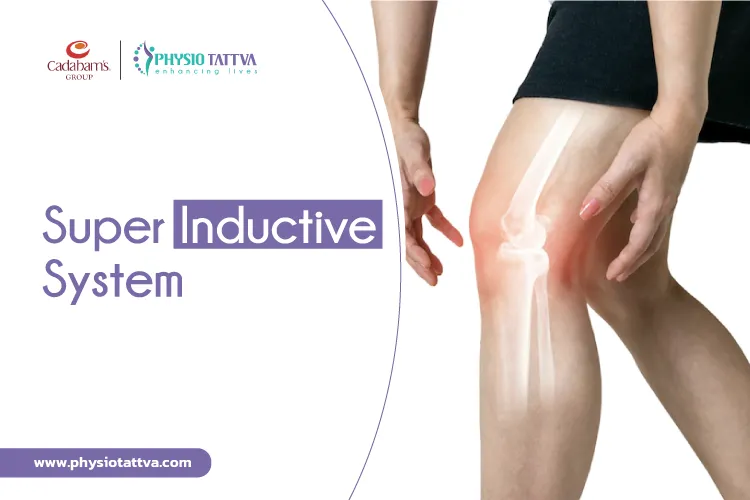
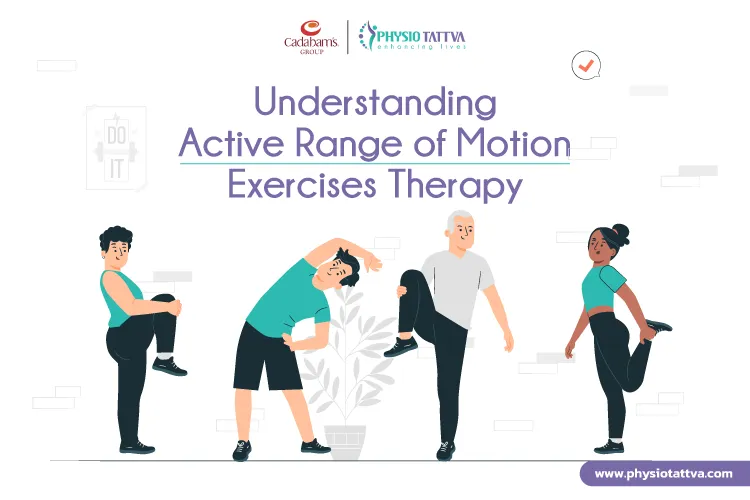
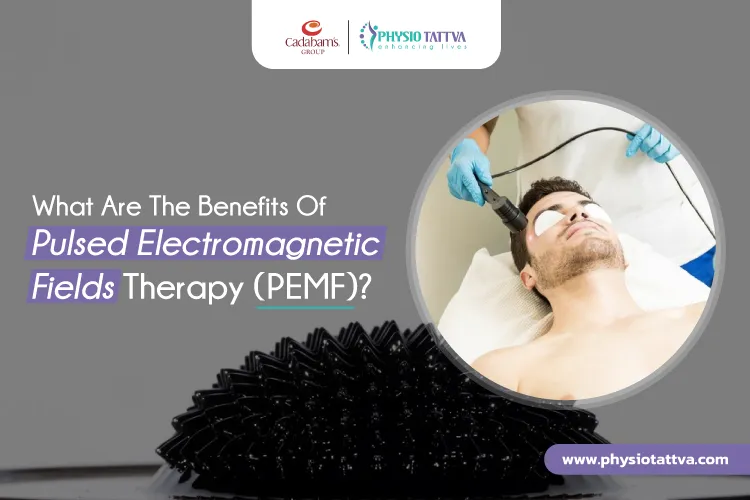

.webp)
.webp)


.webp)
.webp)

.webp)

.webp)
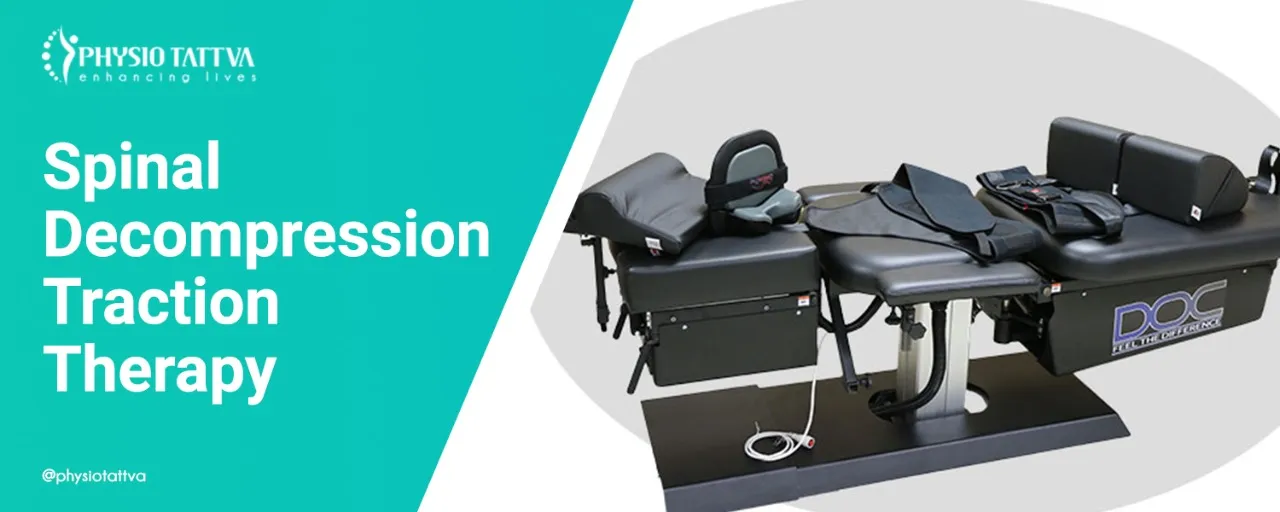
.webp)
.webp)
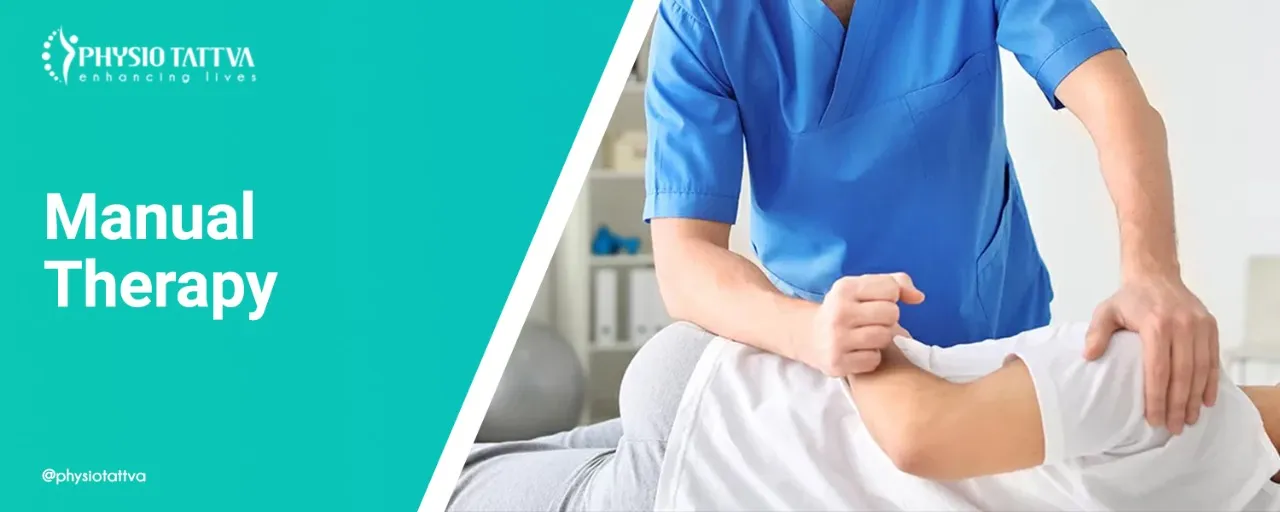
.webp)







.webp)
.webp)

.webp)



.jpeg)

.jpeg)

.jpeg)

.webp)
.webp)

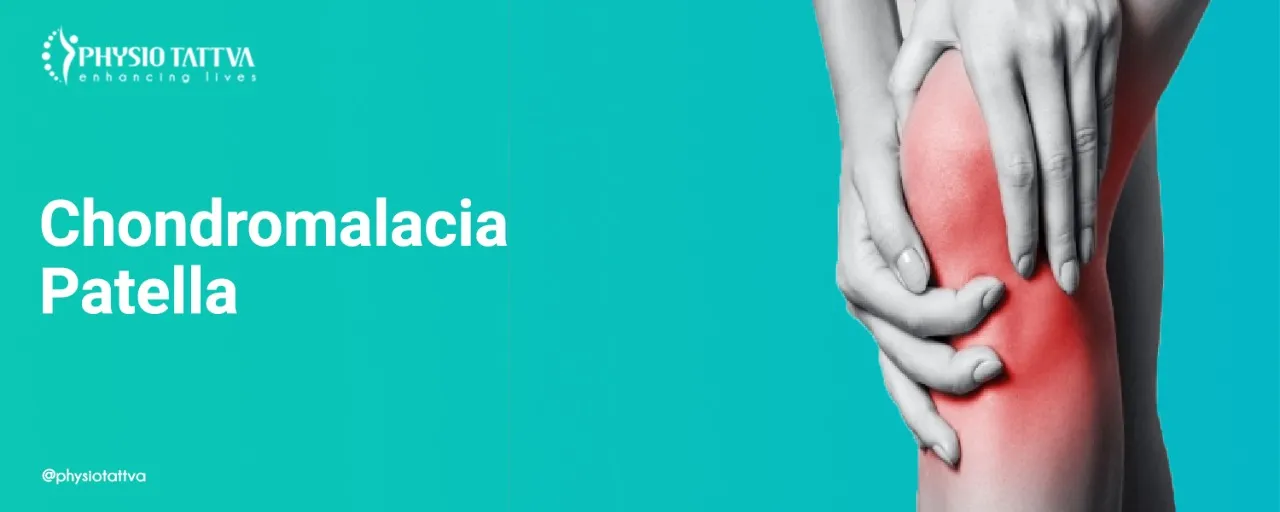






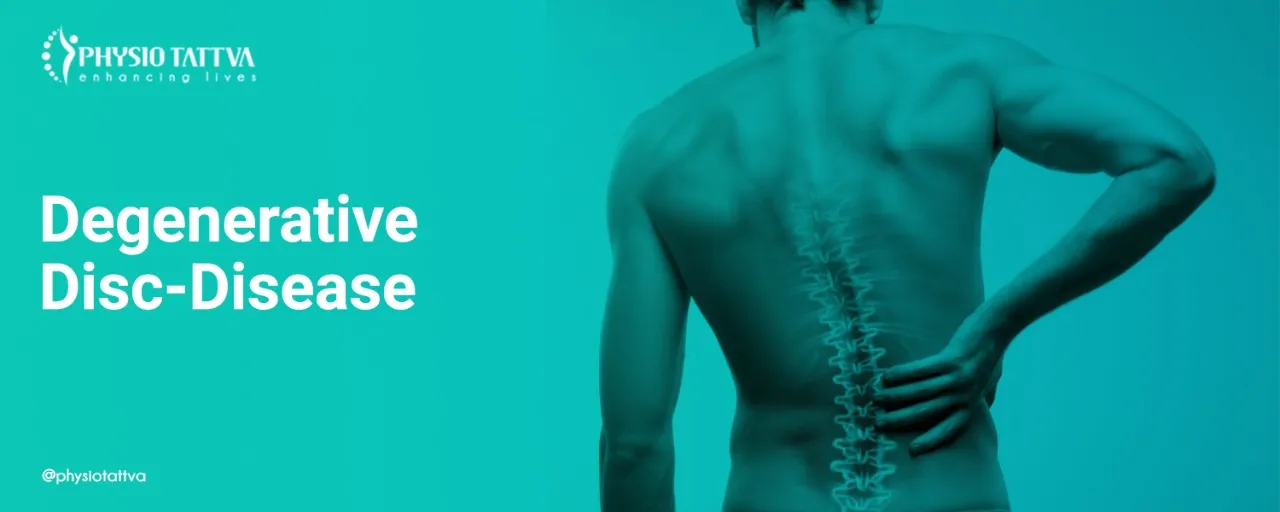










.png)









%20(1)-p-3200.jpeg)


.jpg)
.webp)
.webp)
.webp)
